
There are ways of looking at design that can make it feel somewhat frivolous. Aesthetic concerns are, after all, a luxury not granted to all. But the more deeply we explore the subject of design and how it relates to how we live, the more the evidence seems to suggest that beyond the mere impact of aesthetics, design can have an impact on how we feel and what we do.
When we think about design as a way of optimising and enhancing human experiences, beyond the aesthetic and functional value it can provide and more in terms of the impact it can have on our emotional states and actions, design can begin to take on a more meaningful role.
In his book titled Happy City, Charles Montgomery presents a compelling case for the idea that the design of cities impacts the way that people live, move, interact and feel inside them. Montgomery highlights how the choices made with regards to urban planning can influence the life that unfolds within cities, ultimately making them more or less enjoyable, healthy and sociable places to live in.
His insightful analysis draws our attention to how subtle clues in our environment can prime us to respond in different ways. One example he presents is the well-document finding that the introduction of natural elements such as plants into an environment can have calming effects making people more trusting and more generous towards one another. Conversely, he also presents many illustrations of how an environment can have the opposite effect. One study, for example, showed that sharp architectural angles can activate regions of the brain associated with fear in much the same way that the sight of a knife or a thorn can. The resulting impact is that people exposed to these sights are less likely to pause and engage with the world around them.
Studies such as these raise important questions about the role that design can play in priming us to feel and act in certain ways. And while this type of research does not suggest that one type of design decision is ‘better’ than another, it does present a compelling case for the idea that design should be executed mindfully, and with more than aesthetics alone at its core.
If there is truth in the idea that our surroundings influence and shape how we feel then the design of our environments, including our homes, is due more consideration than merely how the objects we select will end up looking. How we choose to design our homes and what we choose to bring into them can serve to reflect and reinforce how we want to live and feel and who we hope to become.
In his book on creativity which draws insights from interviews with over 100 accomplished creatives, psychologist Mihaly Csikszentmihalyi considers the impact that our surroundings and environment can have on our creativity. Drawing insights from his research on how creative people live and design their environments he concludes that the objects we surround ourselves with should help us become what we intend to be. He points out:
“What helps to preserve and develop individuality, and hence enhance creativity, is an environment that we have built to reflect ourselves…What sets creative individuals apart is that regardless of whether the conditions in which they find themselves are luxurious or miserable, they manage to give their surroundings a personal pattern that echoes the rhythm of their thoughts and habits of action.”
We can choose to design our homes in accordance with the latest trends or to create a specific ‘look’. But if we give merit to the idea that our surroundings can have an impact on how we feel and act, it might be more beneficial to design our spaces based on how we want to live and who we want to become. By designing interiors that echo the rhythms of our most valued thoughts and actions we can begin to create spaces that serve to gently nudge us towards the life we want to lead.
As we begin to understand more and more about the complex interactions between our environments and our thoughts, feelings and actions we begin to shed light on the importance of mindful design that gives at least as much consideration to how objects and spaces make us feel as it does to how they look.
By placing how we want to feel at the centre of our design decisions, whether that is the design of our entire home or simply the objects we bring into it, we can begin to step away from seeing design as just a decorative style and instead begin to consider it more as a tool for helping us to create the life we want to live.



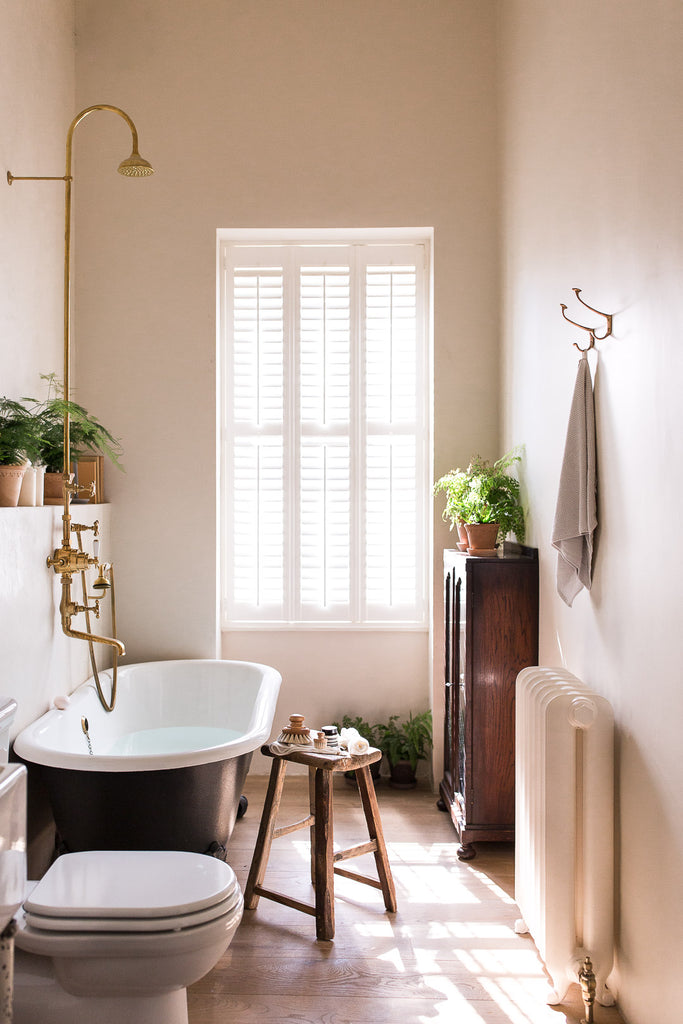
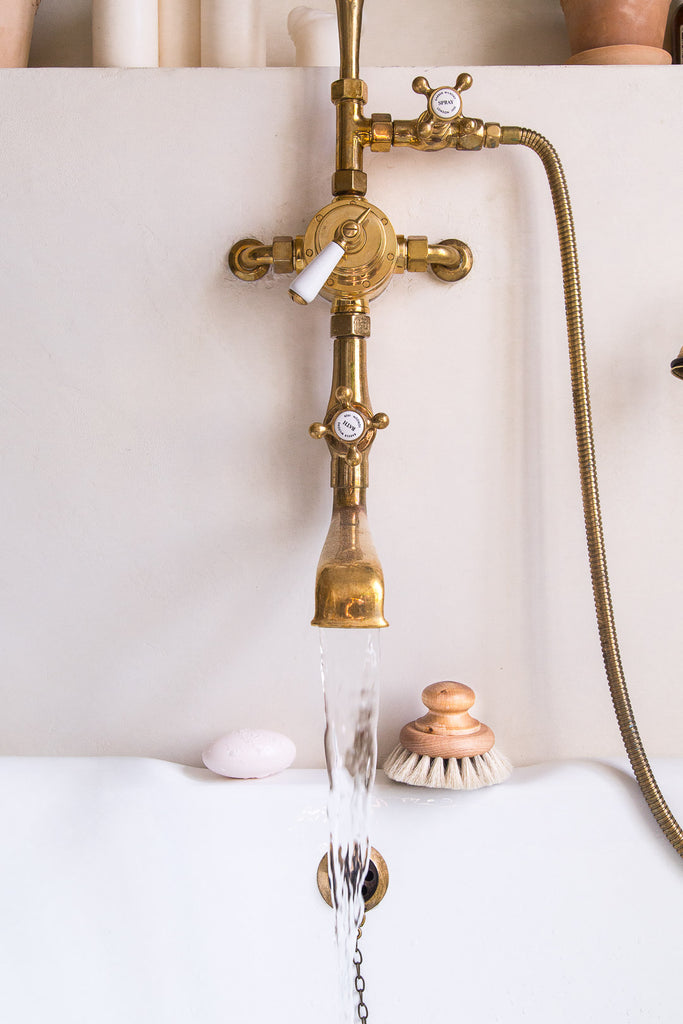

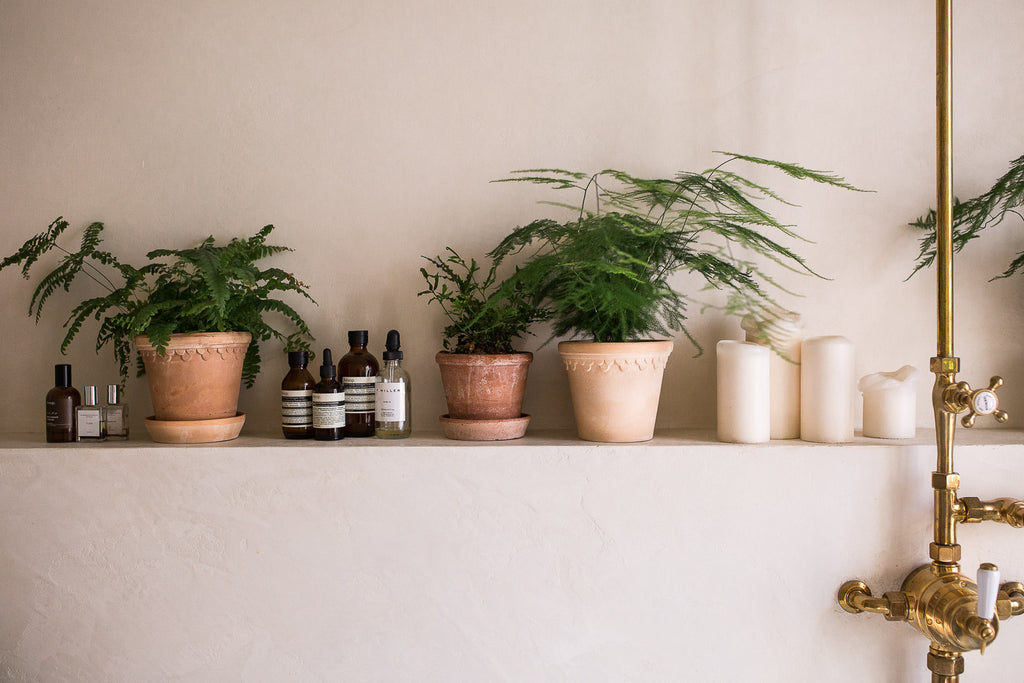

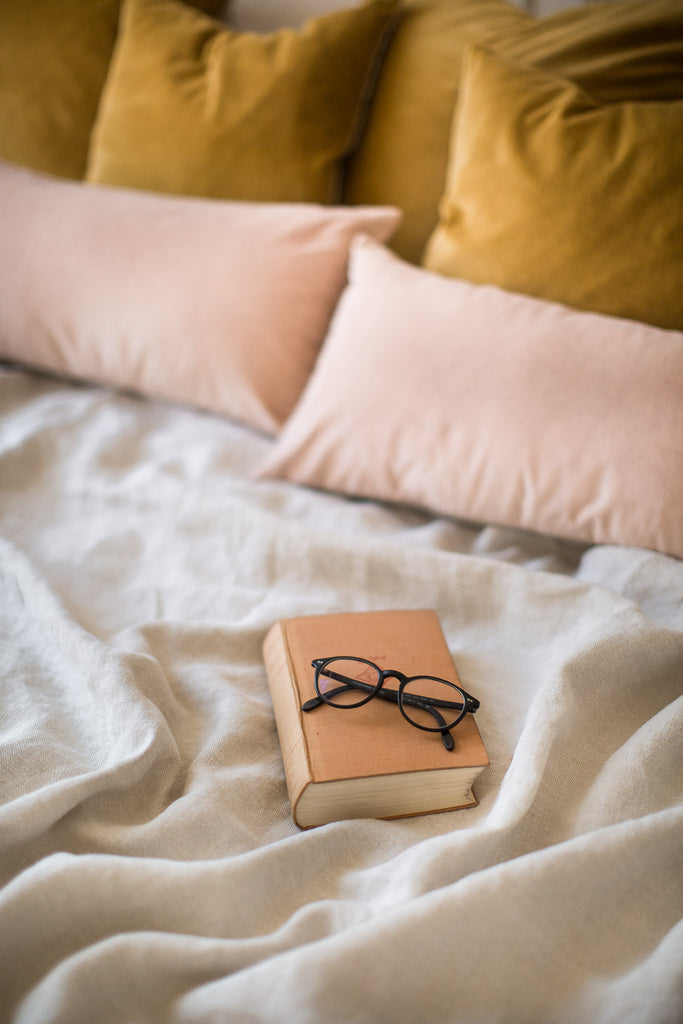
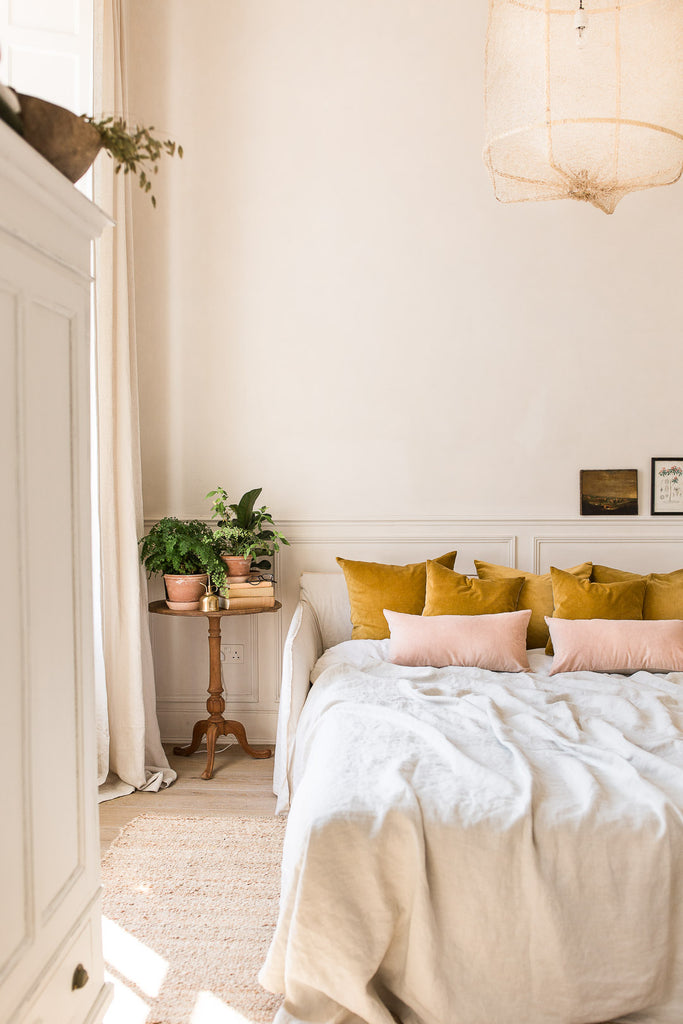
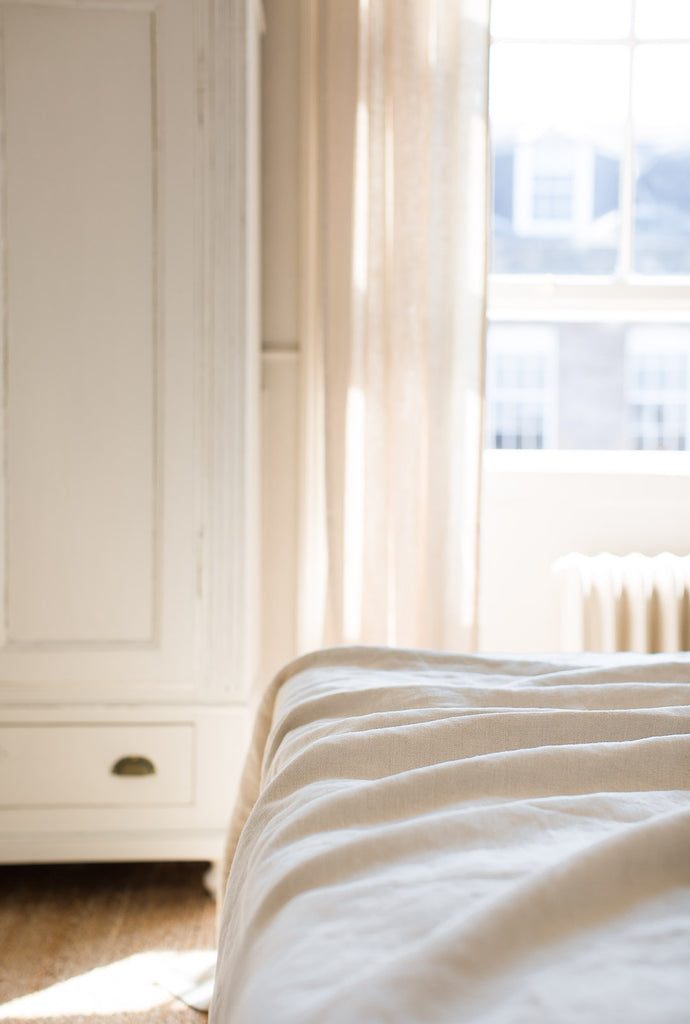
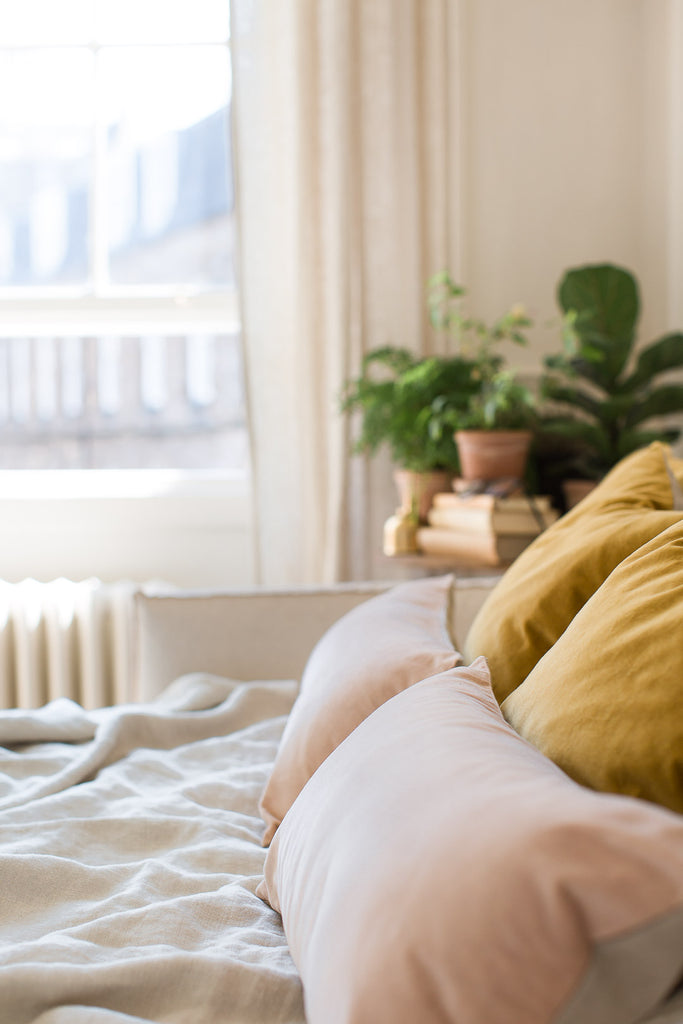

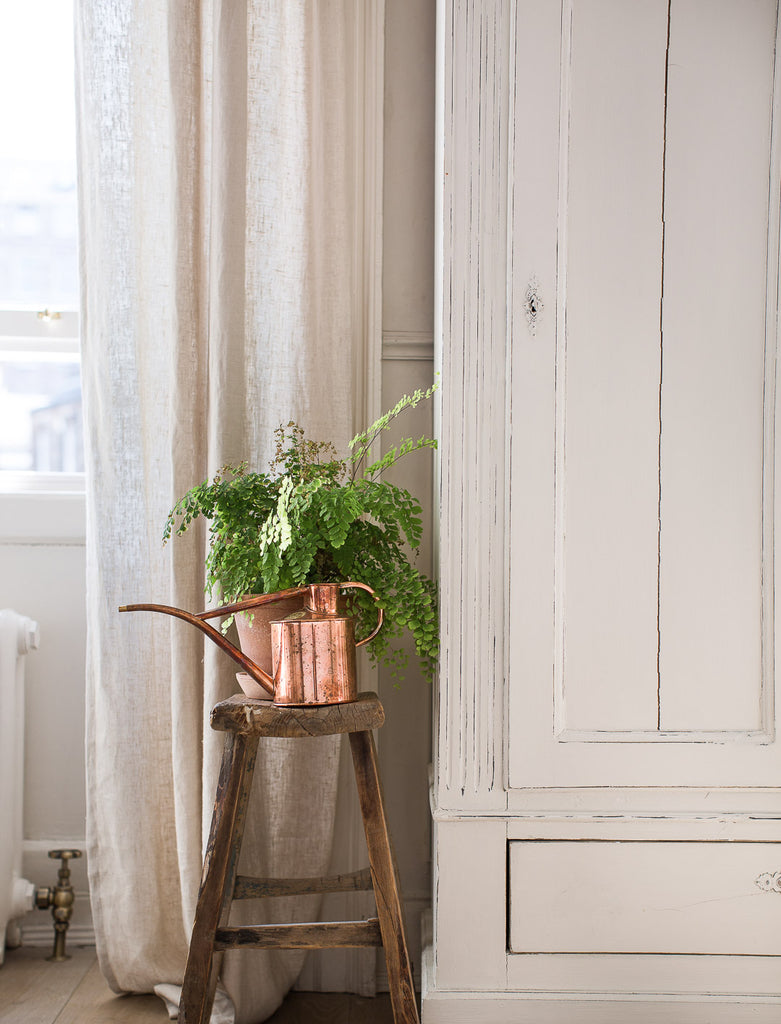


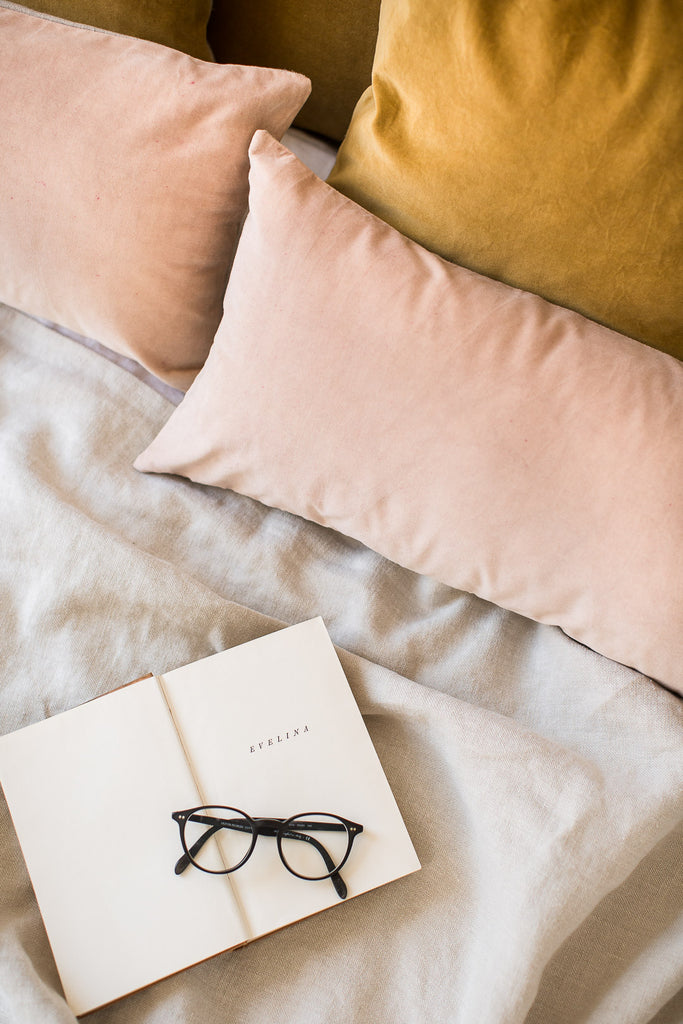
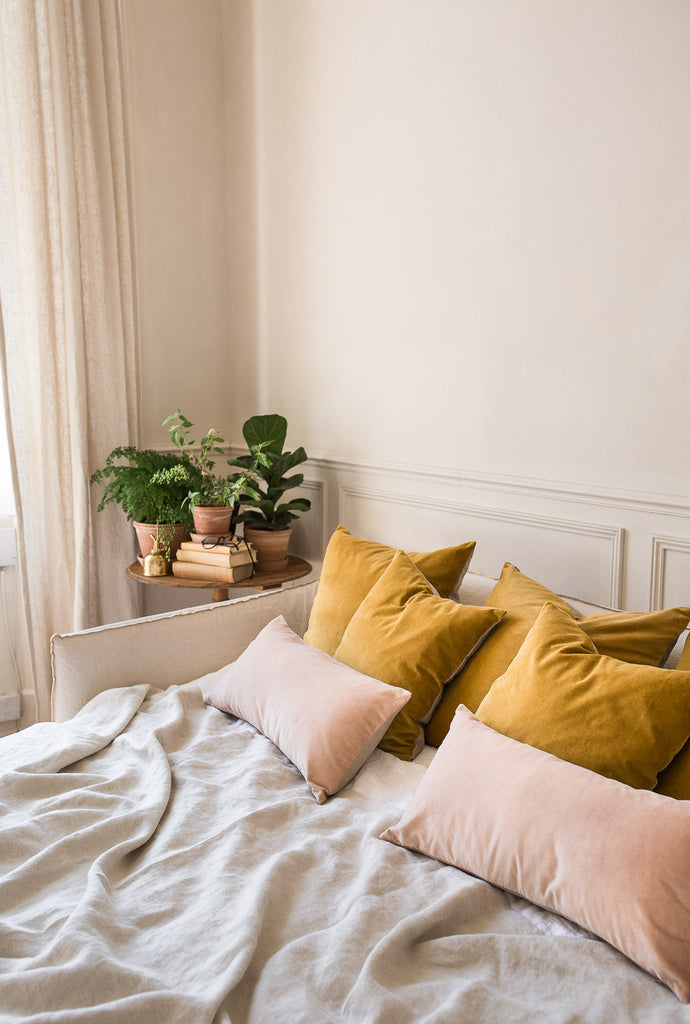 Images above show our: Belgian Linen Throw Blanket in Ecru, Hand Dyed Velvet Jewel Cushion Covers in Colonel and Pointe, Heritage Brass Water Mister, Parade Plant Pot in Antique Rosa, Maple Bath Brush, Natural Cleansing Facial Brush, Organic Cotton Hand Towel in Off White, Organic Cotton Washcloth in Off White, Copenhagen Plant Pot in Pale Rosa, Natural Dry Brushing Body Brush, Botanical Hair Oil, Botanical Body Oil, Nomad Balancing Perfume Oil, Rasa Balancing Perfume Oil
Images above show our: Belgian Linen Throw Blanket in Ecru, Hand Dyed Velvet Jewel Cushion Covers in Colonel and Pointe, Heritage Brass Water Mister, Parade Plant Pot in Antique Rosa, Maple Bath Brush, Natural Cleansing Facial Brush, Organic Cotton Hand Towel in Off White, Organic Cotton Washcloth in Off White, Copenhagen Plant Pot in Pale Rosa, Natural Dry Brushing Body Brush, Botanical Hair Oil, Botanical Body Oil, Nomad Balancing Perfume Oil, Rasa Balancing Perfume Oil
Quote from ‘Creativity - The Psychology of Discovery and Invention’ by Mihaly Csikszentmihalyi, p. 143 & 146
